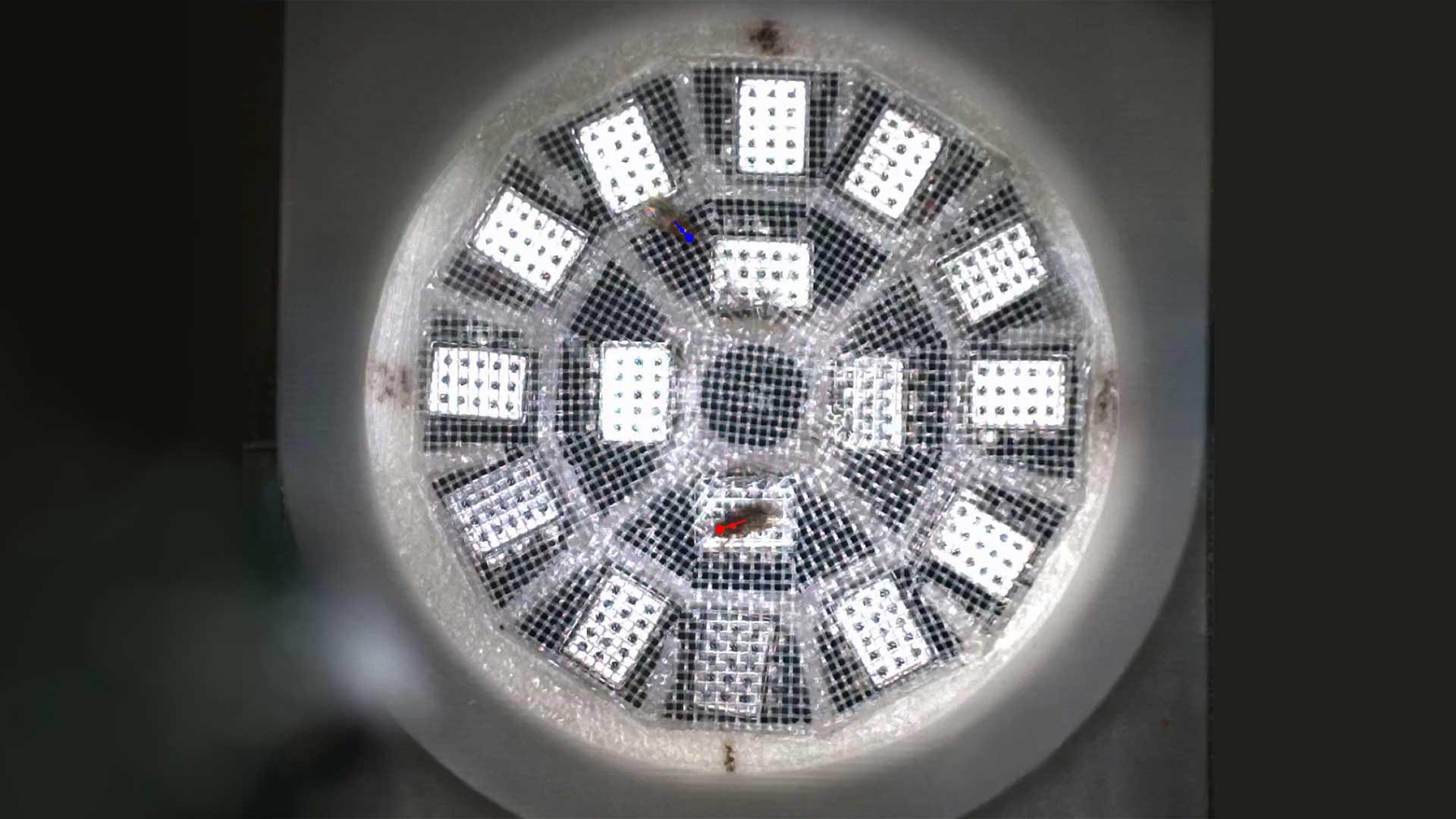Unveiling Insights into Fruit Fly Behavior Through AI Research
Research conducted by Benjamin Cowley and his team at Cold Spring Harbor Laboratory has shed light on the connection between vision and behavior in fruit flies. By utilizing AI technology, the team was able to uncover valuable insights that could have implications for human visual research.
Understanding the Role of Vision in Behavior
Our vision plays a critical role in influencing our actions and social behaviors. Just as windows offer views in both directions, our eyes serve as the gateway through which we interact with the world around us. Cowley’s research has delved into how the brain processes visual stimuli and translates them into behavioral responses.
The Intersection of AI and Fruit Fly Behavior
Cowley and his team developed an AI model using a technique called “knockout training,” which involved genetically silencing specific visual neurons in male fruit flies. By observing changes in the flies’ behavior in response to altered visual inputs, the researchers were able to pinpoint the neural pathways that drive these behaviors.
Decoding Neural Pathways Through AI
The AI model revealed that the fruit fly brain employs a “population code” to process visual information, suggesting that multiple combinations of neurons contribute to behavior. This complex network of neural pathways mirrors the intricate subway map of a city and holds the key to predicting fruit fly behavior accurately.
Implications for Human Brain Research
While the fruit fly brain offers a simpler model compared to the human brain, Cowley’s research has important implications for understanding the computations underlying the human visual system. By decoding these neural pathways, researchers may gain valuable insights into visual disorders and potentially develop more effective artificial visual systems.
A Glimpse into Future Possibilities
Although AI may not yet be able to predict human behavior with the same precision as it does for fruit flies, Cowley’s work paves the way for future advancements in visual neuroscience. By unraveling the complexities of neural computations, researchers aim to create a deeper understanding of the human visual system and its associated disorders.
Conclusion
Cowley’s groundbreaking research at Cold Spring Harbor Laboratory illustrates the powerful capabilities of AI in unraveling the mysteries of neural pathways and behavior. By harnessing the potential of artificial intelligence, researchers are bridging the gap between vision and action, paving the way for innovative insights into human brain function. As we continue to decode the complexities of the brain, the possibilities for advancements in visual neuroscience are limitless.
IntelliPrompt curated this article: Read the full story at the original source by clicking here




